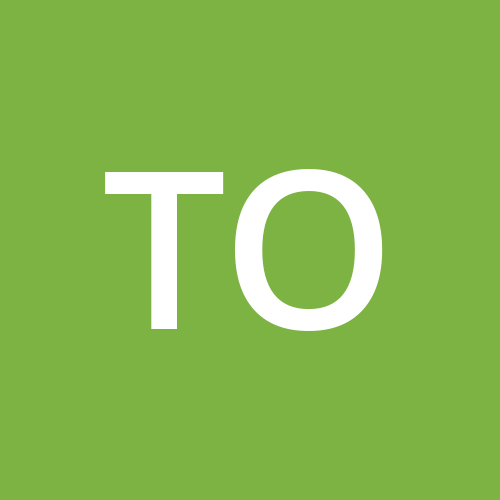Beginning May 1st, Apple will enforce all new applications or updated versions of applications that will be uploaded to the Apple Store, to include a Privacy Manifest file.
If you are unfamiliar with what a Privacy Manifest is, I suggest reading my other article.
There has been a lot of confusion regarding what developers need to do if they are using Flutter.
This is because Flutter has been marked by Apple as a “commonly used SDK” (including several other Flutter packages). This has been somewhat addressed by the Flutter community. If you are interested, you can read the following GitHub issues:
- Support Privacy Manifest and Required APIs in iOS and macOS
- Determine how to handle privacy manifests in packages
As of May 2024, things are still a bit vague. It would be preferable to have a solution that reassures us of being able to update our package and not cause applications that use it to be rejected.
We want to continue being good citizens in the Mobile ecosystem.
How to Upgrade Dependencies
Regardless of what logic you have inside your package, in order to support Apple’s changes, you have to enforce your package to use Flutter version 3.19 at the very least.
You can do this by going to your pubspec.yaml file and changing the version there:
environment:
sdk: ">=3.0.0 <4.0.0"
flutter: "^2.0.0" /// <--- Change this to 3.19
Then, you need to go over any dependencies you may have in your pubspec.yaml file and find out if you have packages that are listed under the “commonly used sdks”.
If so, you will need to find out if that package has released a new version with a privacy manifest file. For example, if our package’s pubspec.yaml looks like this:
dependencies:
flutter:
sdk: flutter
intl: ^0.17.0
shared_preferences: ^2.0.5
url_launcher: ^6.0.17
package_info_plus: ^3.1.2
our package depends on url_launcher, which as it happens, is also listed under the “commonly used sdks”.
When we go over to url_launcher’s page on pub.dev, we will be able to see that they released a new version, 6.2.6, that includes a privacy manifest.
 _Screenshot of urllauncher package and its version that supports privacy manifest
_Screenshot of urllauncher package and its version that supports privacy manifest
So we will upgrade to that version.
Once we have gone over all our our dependencies, we can go ahead and deal with the code in our own package.
How to Add the Privacy Manifest File
The privacy manifest file needs to reside inside of the Resources folder in your project structure (under darwin).
 Directory structure of iOS folder inside a Flutter package
Directory structure of iOS folder inside a Flutter package
Make sure to follow Apple’s guidelines on what data to include there. This will depend on your package’s use case. If you are unsure, you can either refer to Apple’s documentation, or check out my article that I linked to at the beginning.
Then, inside of your package’s podspec file, you need to add the privacy manifest as a resource there:
s.resource_bundles = {'package_name_privacy' => ['Resources/PrivacyInfo.xcprivacy']}
Almost Done
As stated, things are not yet clear on whether the solutions proposed will stand the test of time.
One issue that is currently being investigated is the fact that Flutter packages are under the hood, static frameworks. This can cause issues for application developers.
When using your package, the privacy manifest file can be obscured by top level resources of the application itself. Meaning, the application’s own privacy manifest file might overshadow your package’s privacy manifest file. This in turn, will cause the application to get rejected from the Apple store since it will not perceive that your package does indeed have a privacy manifest file.
According to this GitHub issue comment, this is a known issue to Apple and they are working on fixing this.
In Apple’s April 26th announcement, they state that:
Apps won’t be accepted if they fail to meet the manifest and signature requirements.
Apps also won’t be accepted if all of the following apply:
- They’re missing a reason for a listed API.
- The code is part of a dynamic framework embedded via the Embed Frameworks build phase.
- The framework is a newly added third-party SDK that’s on the list of commonly used third-party SDKs.
It seems that things have been limited to dynamic frameworks for the time being, as Apple adds:
_I_n the future, these required reason requirements will expand to include the entire app binary.__
Conclusion
Hopefully by now you have the knowledge and the tools to make sure your Flutter package is compatible with Apple's Privacy Manifest changes.
But be sure to keep your eyes and ears peeled for any announcement Apple makes because more changes to your Flutter package could be needed.

